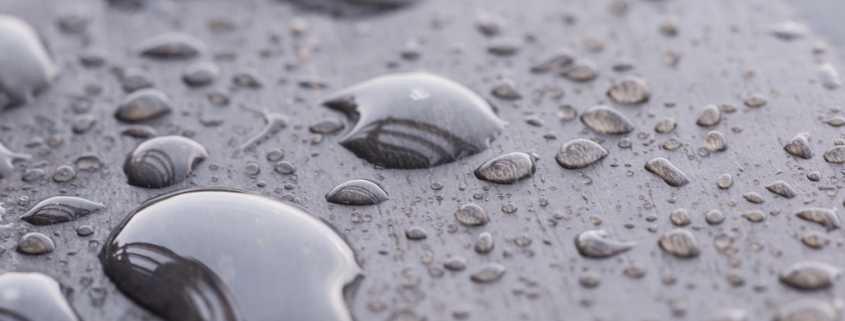Waterproofing Methods And Types For Balcony Decks
Building waterproofing methods are basically the formation of impervious barriers over the surfaces of foundations, roofing, balcony decks, and walls. This includes other structural members of the building to avoid water penetrations through such surfaces.
Materials commonly used for building waterproofing include cementitious material, bituminous material, liquid waterproofing membrane, and polyurethane liquid membrane, among others.
Waterproofing in buildings is needed for the basement of bathrooms and kitchen, balconies, decks, green roofs, structure, terrace or roofs, walls, water tanks, swimming pools, and the like.
Cementitious Waterproofing
This process is among the easiest waterproofing methods in any construction. Cementitious waterproofing requires materials that are easily available from suppliers of masonry products, which are easy to apply or mix.
The common applications for cementitious waterproofing include the following:
- Bridges
- Dams
- Marine cargo ports and docks
- Parking structures and lots
- Railway and subway systems
- River locks/channel and concrete dikes
- Sewage treatment plants
- Tunnels
- Water treatment plants
Liquid Waterproofing Membrane
There is a thin coating that consists of a primer coat and a couple of coats on top applied by roller, spray, or trowel. Liquid membrane waterproofing methods can offer more flexibility compared with the cementitious type of waterproofing. The liquid will cure the surface into a rubbery coating on the wall.
Basically, the elongation properties of the coating can reach as high as 280%. But the durability of the coating will depend on the type of polymer that the manufacturer will use for making the liquid waterproofing.
Liquid waterproofing membrane can be composed of polymer-modified asphalt, which can be applied by spray. Polyurethane liquid membranes are also available for different manufacturers in separate grades for roller, spray, and trowel.
Bituminous Coating Waterproofing
It is a type of coating that can be used for waterproofing buildings and provides a flexible protective coating. The bituminous coating uses formulation and polymerization grade to provide protection and flexibility against water due to the polymer grade and the reinforcement of fiber.
Bituminous coating is otherwise called asphalt coating in which the most common applications include areas that are under screed wet. Such would be an excellent protective coating and waterproofing agent, particularly on surfaces like concrete foundations.
Bituminous Membrane Waterproofing
Membrane waterproofing is a famous process used for low-sloped roofs or balcony decks because of its proven performance. The self-adhesive membrane and torchon membrane are used in the bituminous waterproofing membrane.
Self-adhesive compounds contain asphalt, fillers, and polymers. In addition to that, some compounds like oils and resins are also added to improve adhesion characteristics. Torchon membrane is also another type that can either be exposed or covered. The exposed membrane has a mineral granular aggregate to withstand wear and tear.
Polyurethane Liquid Membrane Waterproofing
This process is used for the flat roof area, balcony decks, and areas that are exposed to weathering. However, this type of waterproofing is said to be expensive. That said, it can offer higher flexibility. Nevertheless, polyurethane is very sensitive to moisture content, so it is essential to evaluate the moisture content in the concrete slab. Otherwise, de-bonding or peeling of membranes can happen after some time.
Deck Inspectors for Southern California is happy to offer our services in Los Angeles, Orange County as well as San Diego and all Southern California surrounding areas like Glendale, Pasadena, Burbank, Santa Monica, Anaheim, Temecula, Vista, Escondido, Carlsbad, and El Cajon



